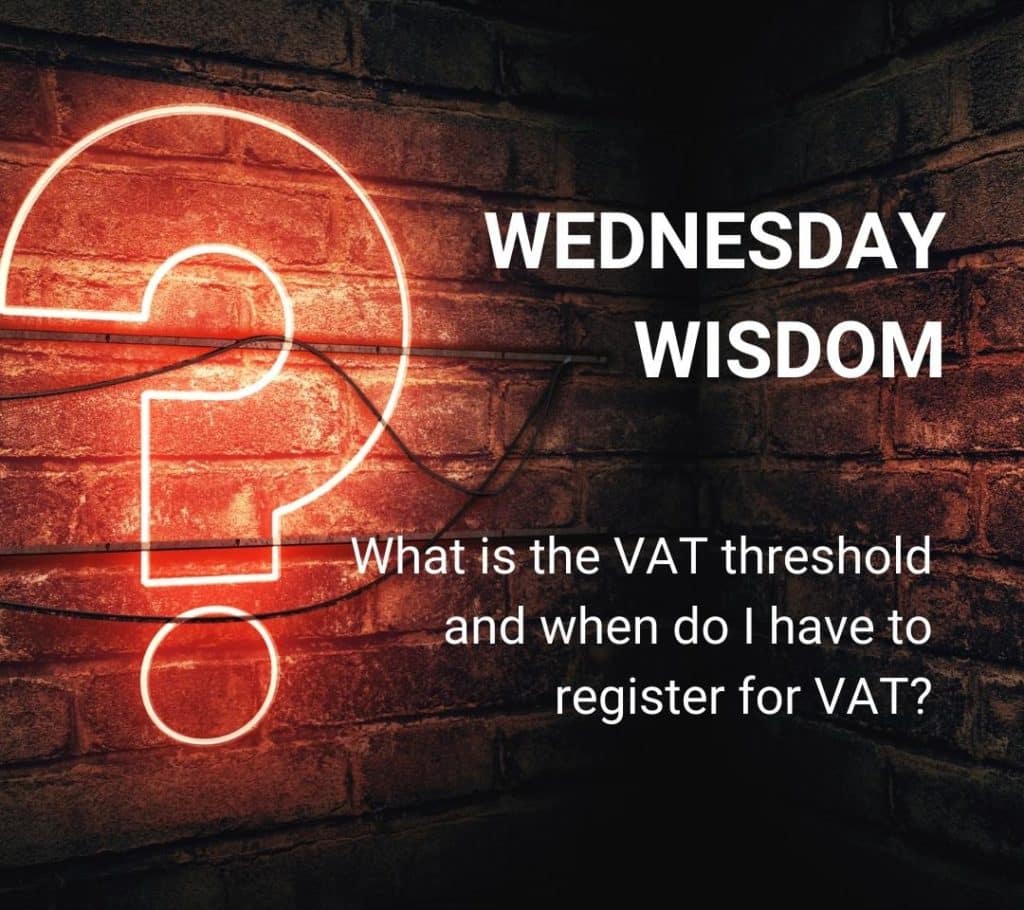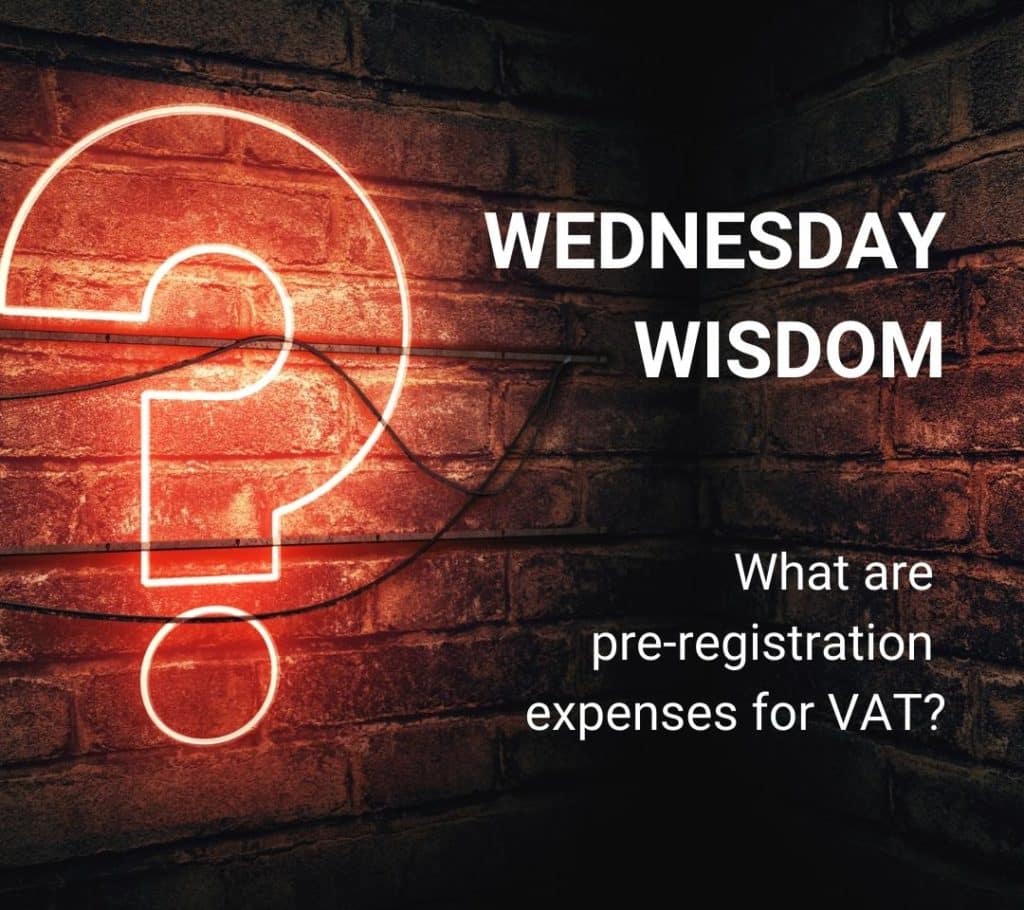If you’re unsure whether MTD applies to you, check HMRC’s eligibility tool or speak to your accountant. Here’s everything you need to know about Maxing Tax Digital timeline!
| Date | What Happens |
|---|---|
| 2015 | HMRC begins planning and consultation for the MTD initiative. |
| April 2019 | MTD for VAT starts for businesses with turnover above £85,000. |
| April 2022 | MTD for VAT becomes mandatory for all VAT‑registered businesses. |
| April 2026 | MTD for Income Tax (ITSA) begins for self‑employed individuals & landlords earning over £50,000. |
| April 2027 | MTD for ITSA applies to those earning over £30,000. |
| April 2028 | MTD for ITSA expands to those earning over £20,000. |
MTD’s rollout began in 2015 as HMRC’s push to digitalise tax reporting. After a few years of consultation and pilots, the first phase launched in April 2019 for VAT-registered businesses above the £85,000 threshold.
The pandemic slowed progress, but by April 2022, all VAT-registered businesses had to comply –regardless of turnover.
For Income Tax Self Assessment, MTD starts in April 2026 for those earning over £50,000, and in April 2027 for those between £30,000 and £50,000.
Table of contents
1. Who needs to comply with MTD – and when
Whether or not you fall under Making Tax Digital depends on how you earn and how much you make. If you’re VAT-registered, you’re already in – MTD for VAT became mandatory in April 2022, regardless of your turnover.
If you’re self-employed or a landlord, things get more specific. From April 2026, MTD for Income Tax will apply if your annual income from self-employment or property is over £50,000. If you’re earning between £30,000 and £50,000, your start date is April 2027.
Below that threshold?
You’re off the hook – for now. HMRC hasn’t yet confirmed when (or if) those earning under £30,000 will be brought into the system.
Partnerships and limited companies aren’t affected by MTD for ITSA just yet. But they should keep an eye on updates. HMRC is likely to expand the scope once the initial rollout settles.

In short: if you’re earning a decent income from your business or property, it’s time to get familiar with MTD. The earlier you prep, the smoother it’ll go. 🙂
2. What you need to do (now) to use Making Tax Digital
If you’re in the MTD bracket – or soon will be – don’t wait around. Getting set up early means less panic when the deadlines hit!
Start by checking your eligibility.
Use HMRC’s MTD checker or speak to your accountant to confirm if your income or business type means you’re affected. If you are, the next step is to choose MTD-compatible software. HMRC maintains a list of approved tools, but you can also check out our dedicated blog post about popular picks like Xero, QuickBooks, and FreeAgent.
Make sure whatever you pick can handle both record-keeping and submission.
You’ll also need to register for MTD.
If you’re self-employed, that means signing up through your personal tax account.
From there, start keeping your records digitally.
This isn’t optional – spreadsheets alone won’t cut it unless you’re using bridging software. And finally, get used to quarterly submissions. Instead of one annual tax return, MTD means sending updates to HMRC every three months, plus an end-of-year finalisation.
It’s a change, but it doesn’t have to be painful. Sort your systems early, and it becomes just another routine.
3. Making Tax Digital timeline FAQ
Yes – if your rental income tops £50,000, you’ll need to follow MTD rules from April 2026. If you’re between £30,000 and £50,000, you’ve got until April 2027. Under £30k? You’re not required (yet).
Only if you connect them to HMRC using special “bridging software.” On their own, spreadsheets don’t meet MTD’s digital record-keeping rules.
Nope. Under MTD, you’ll send HMRC quarterly updates, then a final statement at the end of the year. It’s more frequent, but in smaller chunks.
You could face penalties, especially once MTD for ITSA goes live. There’s likely to be some leeway early on, but HMRC has confirmed that fines are part of the plan.
No – you just need to switch to MTD-compliant submissions using recognised software. Your VAT registration doesn’t change.
4. Trusted links + help from WallsMan Creative
If you’re trying to make sense of Making Tax Digital, these are the links worth saving:
- HMRC’s official MTD hub – the source of truth, straight from the government
- WallsMan Creative’s Guide – well-designed and kept up to date
Still feeling unsure?
If you run a creative business in the UK and don’t want tax tech eating your time, WallsMan Creative can help. We translate HMRC jargon into plain English – and make sure you’re covered before the deadlines hit.
Drop us a message if you’d rather focus on your work and leave the numbers to someone who gets the creative world.




